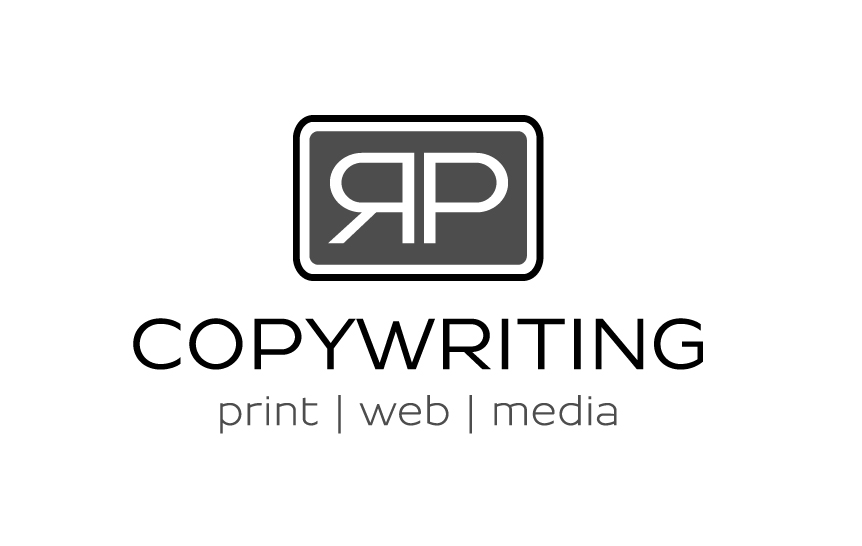The magic of planning
Do you ever sit down to write a quick letter and get stumped about where to begin? Or, just as awkwardly, how to wrap things up?
That’s because writing – at least writing something that matters – is a process.
And like any process, if you skip some steps in the progression, chances are you’ll hit some speed bumps along the way.
The writing process comprises five main stages: 1. planning (or prewriting); 2. writing (or drafting); 3. revising; 4. editing (or proofreading); 5. publishing (or sharing). Arguably the most crucial phase, planning sets up the entire course of action.
So, if you need to write something that matters, don’t skip over the prewriting stage. As the saying goes, failing to plan is planning to fail.
Need to write a reference letter? An English essay or business report? Or perhaps even a toast to the bride? The following five prewriting steps will get you pointed in the right direction.
Step 1: Know your aim and your audience
Even a grocery list has an objective.
Every piece of writing has a purpose. Determining the goal of your writing at the outset is key to achieving success. Start by asking yourself, “What is the point?” Do you want to inform, engage, inspire or persuade? Maybe you need to get that assignment done. Fair enough. But dig a little deeper. You’ll find you have a goal – be it sharing an opinion or fighting for a cause.
Next, determine your audience. For whom are you writing? Is it your boss or teacher, your cousin, or unknown sales prospects? Are they the kind of people who expect the use of “for whom”? How much do they already know about your subject? Are they skeptics or followers?
Nail down your objective and target audience and you’ll inform your approach for the entire process.
Step 2: Get thinking (and get an opinion!)
Do you know when writing comes the easiest? When you have a point to make.
How do you get a point? By having an opinion. And how do you get an opinion? By learning about your subject matter and exploring ideas.
One of the best ways to explore ideas is through brainstorming. Whether done alone or in a group, brainstorming is the process of generating a wealth of ideas pertaining to a specific topic. With the aim of jotting down anything that comes to mind about a certain subject, it allows creative juices to flow and can provide an abundance of content options to choose from. Don’t worry about whether the ideas are good or bad, just come up with as many as you can.
Common brainstorming techniques include:
- Listing – as the word suggests, list ideas about a specific subject, in no particular order or format.
- Clustering – write your topic word in the middle of a page and branch off to related ideas, which may have their own branches off.
- Star bursting – draw a six-point star with your chief topic in the middle and the words Who, What, Why, When, Where and How at the tip of each point. Fill in the points with questions related to the specific word.
- Free-writing – just start writing in a narrative format about your topic. Give yourself a time or word-count limit and get spewing.
- SWOT analysis – pretend you’re a marketer and come up with Strengths, Weaknesses, Opportunities and Threats for your topic.
- Keyword researching – do some keyword research about your topic and see what others want to know about it.
Of course, not all writing lends itself to brainstorming, e.g., drafting a cover letter. Even so, you can still brainstorm certain aspects of that topic, such as skills employers want, my top five traits and supporting examples.
Step 3: Organize and outline
Now it’s time to narrow down your topic and settle on a specific focus. Look at your brainstorming results and find an argument you want to prove or a question you want to answer. Again, in some types of writing, such as a personal narrative, proving an argument isn’t going to happen. However, you still want to present a central theme and support it through examples. Likewise, informative business memos don’t have to answer a question, but an overriding purpose still exists.
Find your focus, and come up with (or draw upon your brainstorming to generate) a list of main points to support your objective. Then formulate a tentative plan or outline for presenting your thoughts.
Step 4: Do your research
Before you get writing, you must come up with examples that help to illustrate your main points. Often this involves research. A formal essay typically requires primary sources (first-hand evidence or data, letters, quotes) and secondary sources (journal articles, reviews), whereas something like a narrative or letter needs personal examples or stories. Doing research beforehand not only gets you thinking about your topic more deeply, both in terms of subject matter and possible presentation order, but also allows for the chance to learn new things that could alter your central theme. It’s a lot easier to change things up at this point as opposed to two-thirds of the way into the process.
Step 5: Go with the flow and have some fun
Okay, time to get writing. YAY!
Because you know your audience and objective, and have an idea of what and when you’re going to say it and how you’ll support it, the actual writing process should be relatively straightforward. Eliminate distractions, make sure you have the time and space necessary, and then start going with the flow.
Don’t worry about mechanics and style rules, focus on your argument. Make and support one point per paragraph and keep things moving forward. You’ve done your groundwork, now’s the time to let your creativity loose. Relax and have fun – it’ll shine through your writing!
Good ol’ unassuming prewriting. Not as enjoyable as writing, satisfying as revising or glamourous as editing but just as integral in the writing process. Think of it like your roadmap, your guide, your Frodo Baggins on the path to success.
“Go where you must go, and hope!”




